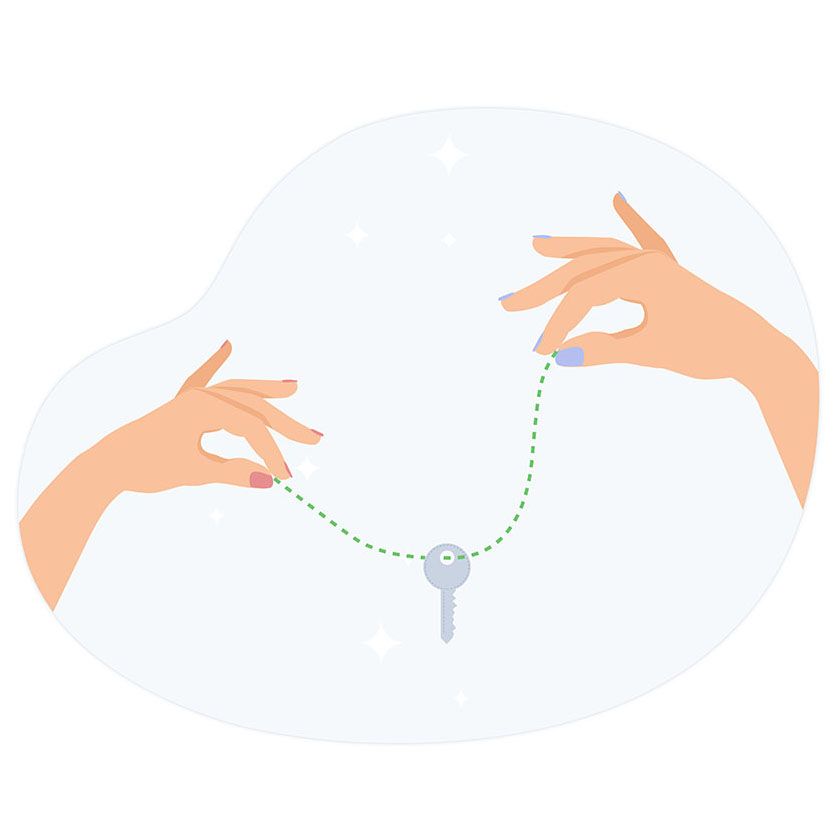Renting to roommates may require some extra attention, especially when it comes to tenant screening, lease agreements or security deposits and ongoing payments. We’ll try to shed some light on the subject here.
Tenant screening
If you’re going to rent your property to roommates, you should get an application from each prospective tenant. You can then run a background check on all of them before signing a lease agreement. Please note, screening only one tenant is not enough, as they all will be paying rent each month and you need to be sure each one has a positive rental history, responsible financial habits, and rule-abiding behavior. If a tenant has children under the age of 18, you may forgo their screening in case they are not responsible for paying rent.
Related: How To Do Tenant Screening And Avoid Discrimination

Roommates on the lease
As a landlord, you should make sure you get all adult tenants on the lease. Do not allow just one tenant to rent, with the understanding there will be roommates. Sub-leases are fine, but as the landlord you need to know who is in the rental and have the proper information in the event of an eviction or other related events. Each roommate has a responsibility for caring for the property, so ensuring they have all signed the lease and know if damages occur that the deposit may be forfeited.
With TenantCloud, it is very easy to conduct a lease agreement as you need just to fill in the necessary information and it will be created automatically.
Related: Electronic Signature For Your House Rental Lease Agreement: How To Use, What Is The Legal Status
Security deposit
The security deposit is another important item. All roommates are equally responsible for damages to the property when the lease ends. In the event a roommate moves out and a new one moves in, it is again important to have the new tenant's information. Usually deposits are not refunded to a single roommate who is part of a combined lease. Such refunds are commonly taken care of by either the new roommate or the current roommates.
Related: Basics Every Landlord Need To Know About Security Deposit: Tips For Rental Property Owners
Lease invoicing and ongoing payments
When talking about roommate invoicing, there are two types of it - separate and combined. Separate invoicing means that tenants are individually responsible for portions of rent and other invoices, and a separate lease is created for every roommate. This would be for roommates who live in the same house, but have separate leases and therefore pay separately. This is most common on university campuses.
Respectively, combined invoicing foresees that tenants are collectively responsible for the whole rent amount and other invoices. You may edit the lease and add a tenant anytime, but once you’ve chosen the roommate invoicing type, you will not be able to change it. Combined invoicing is for roommates such as husband and wife who both want an account but pay the same rent invoice. All roommates that are invoiced in a combined manner see the same invoices and can see who paid rent.
To get step-by-step instructions, go to:







